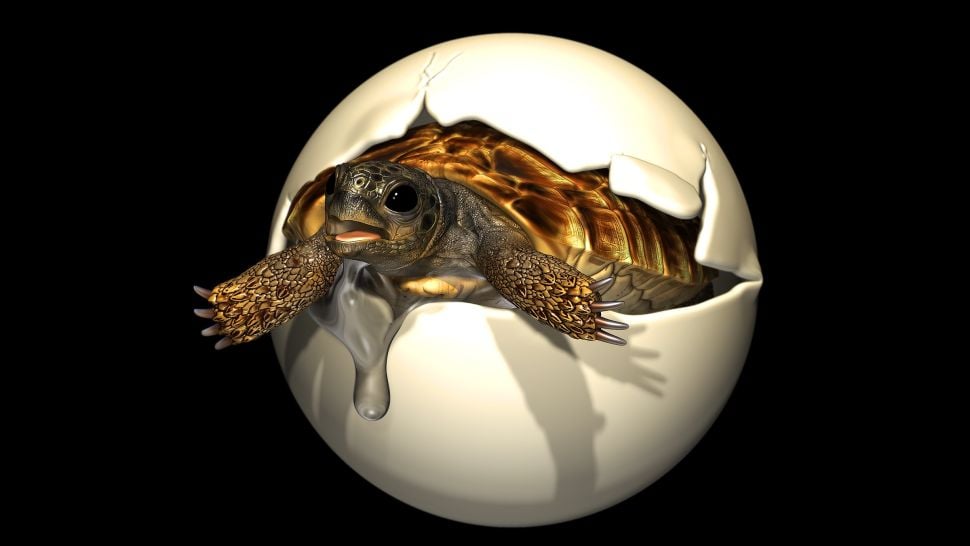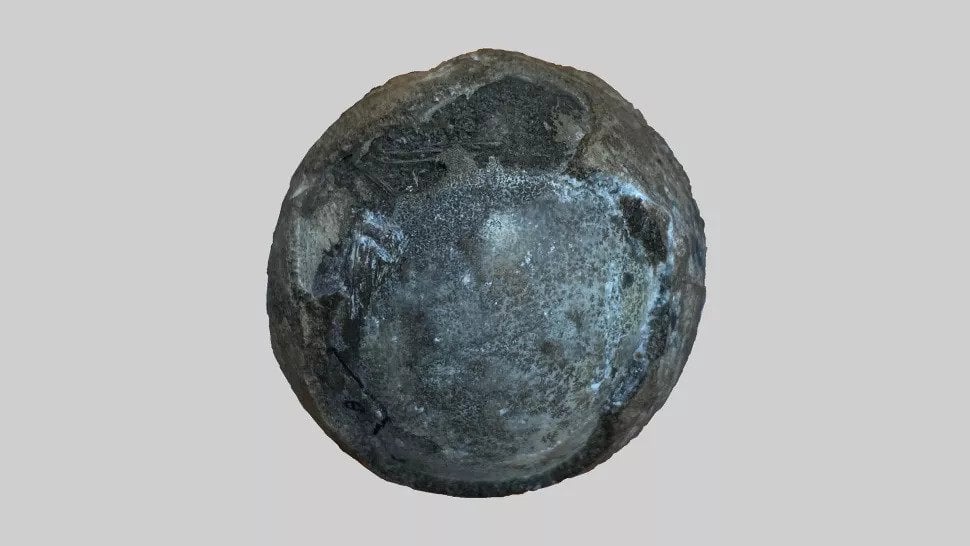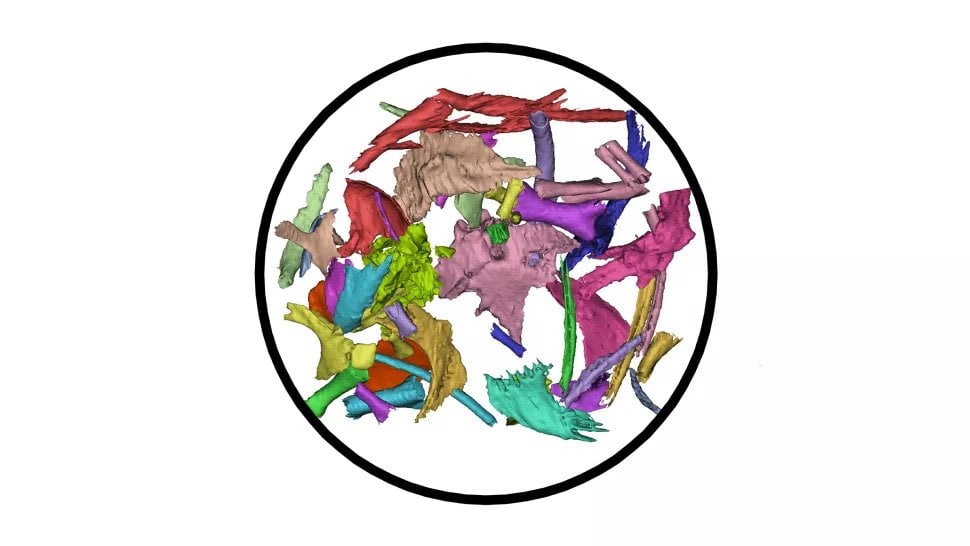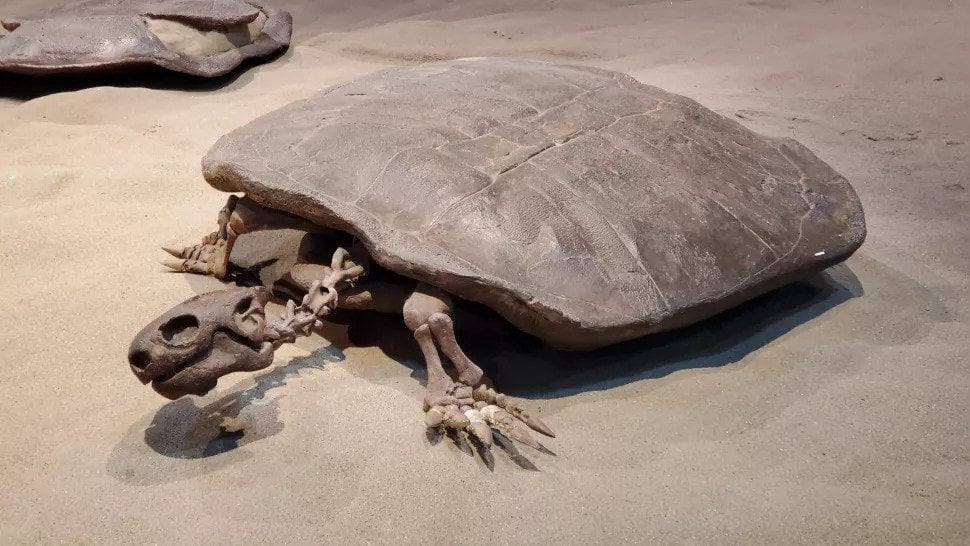
The Henan Province in central China is a treasure trove of dinosaur eggs. However, the odd-looking black orb with a blue tint, presented to Fenglu Han and Haishui Jiang by a farmer in 2018, was unlike any dinosaur egg the experts had encountered before. The paleontologists from the China University of Geosciences initially thought the egg might belong to a new species of the prehistoric giants.
However, a closer examination revealed that the tennis-ball-sized fossil housed a well-preserved embryo of an extinct prehistoric turtle called the nanhsiungchelyid. The massive land-dwelling animals roamed North America and Asia during the Cretaceous period — from 145 to 66 million years ago.

The discovery is extremely exciting given that intact turtle eggs from the Cretaceous period are hard to find. They are usually too small and too fragile to survive. The few fossil embryos discovered in the past were not well-preserved enough to identify the turtle species.
"This is actually the first time that [fossil] turtle eggs or a nest really could be attributed to a particular turtle," study co-author and University of Calgary paleontologist Professor Darla Zelenitsky told CBC.

The scientists believe the newly-found turtle egg managed to remain unscathed for 90 million years due to its large size and sturdy shell. Measuring 2.1 by 2.3 inches (5.4 by 5.9 centimeters), it is just a tad smaller than the eggs laid by the massive Galápagos tortoises. Its 0.07- inch-thick (1.8 millimeters), shell — about four times thicker than that of Galápagos tortoise eggs — was able to withstand outside forces and help retain much-needed water. Since part of the shell is broken, Zelenitsky wonders if the turtle failed in its attempt to hatch.
Based on the size of the egg, the researchers estimate that the parents' carapace was a staggering 5.3-feet (1.6 meters) in length. Add in the neck or head length, and the massive animal was probably as tall as an average human!

The team, who published their findings in the journal Proceedings of the Royal Society B on August 18, 2021, theorize that the species went extinct when the weather changed. Zelenitsky says, "While these turtles' unique terrestrial lifestyle, thick eggs, and underground nesting strategy may have served them well during the Cretaceous, it's possible that these specialized turtles couldn't adapt to the cooler climatic and environmental changes following the end-Cretaceous mass extinction."
Resources: Livescience.com, Nationalgeographic.com
